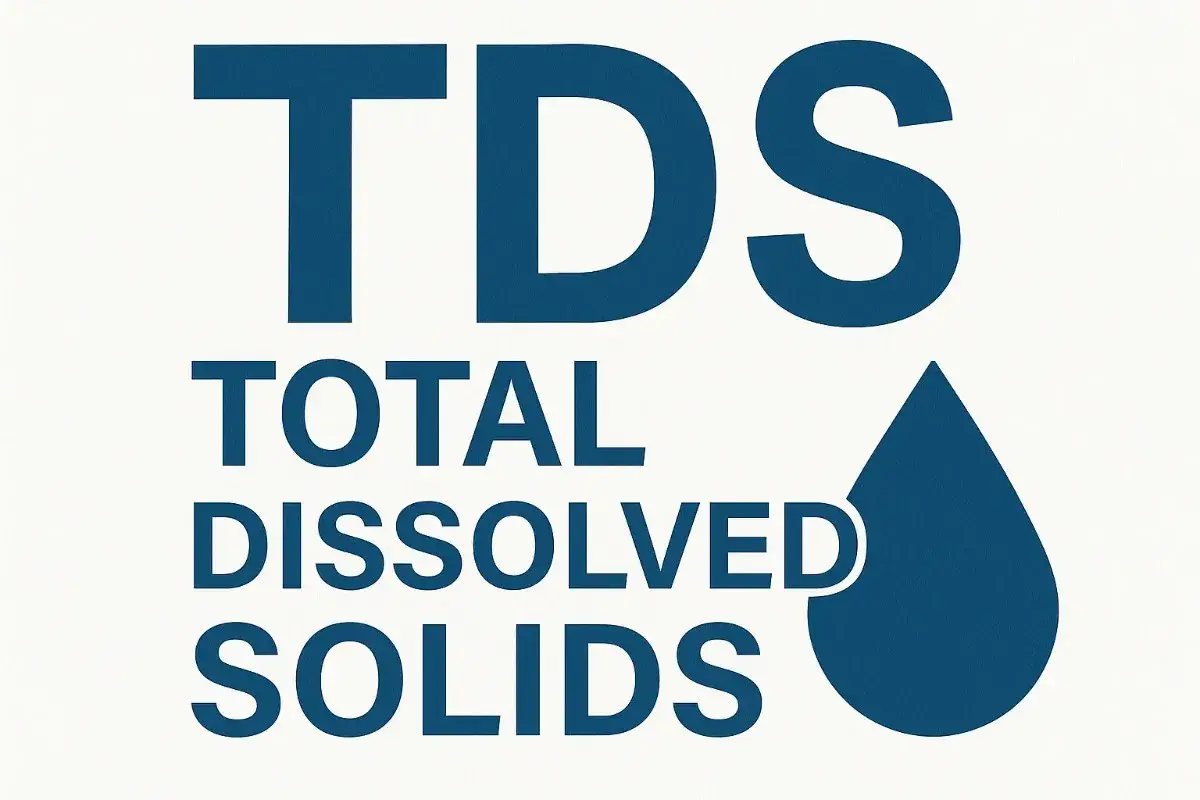share
LATEST
TDS Full Form in Water: Meaning, Safe Levels & Importance
Oct. 7, 2025
430 Views
When it comes to drinking water quality, one term that often comes up is TDS. If you have ever purchased a water purifier or read about water testing, you must have come across TDS levels. But what is the TDS full form in water and why does it matter?
In this guide, we’ll cover everything about TDS in water, its safe levels, and what happens if TDS is too high or too low. We’ll also answer People Also Ask (PAA) queries like:
👉 For advanced water solutions and business support, you can visit Plumint or directly register as a subscriber.
TDS Full Form in Water
The full form of TDS is Total Dissolved Solids.
It refers to the total concentration of dissolved substances in water, including minerals, salts, metals, cations, and anions. TDS is measured in mg/L (milligrams per liter) or ppm (parts per million).
These dissolved solids can come from natural sources like rocks and soil, or from human activities such as industrial waste, agricultural runoff, and municipal supply systems.
Why is TDS Important in Water?
-
Taste: Higher TDS often gives water a salty, bitter, or metallic taste.
-
Health: Certain minerals like calcium and magnesium are beneficial in moderate amounts, but excessive levels may harm health.
-
Purification Needs: Helps determine which water purifier (RO, UV, UF) is best for your household.
The Bureau of Indian Standards (BIS) and WHO provide guidelines for safe drinking water TDS levels:
| TDS Level (mg/L) |
Quality of Water |
| Less than 50 |
Not acceptable (lack of minerals) |
| 50 – 150 |
Excellent (balanced minerals) |
| 150 – 300 |
Good (safe for drinking) |
| 300 – 500 |
Acceptable (commonly supplied water) |
| 500 – 1200 |
Not suitable (needs RO filtration) |
So, the ideal TDS for drinking water is between 150–300 mg/L.
👉 If you’re managing water treatment at a business or commercial level, Plumint provides useful solutions to monitor and manage water quality.
What is TDS of RO Water?
RO (Reverse Osmosis) water purifiers are designed to reduce TDS levels.
This makes water cleaner, free of harmful salts, and better tasting. However, if RO reduces TDS below 50, it may strip away essential minerals. That’s why many modern RO systems come with TDS controllers to retain minerals.
What is TDS and pH in Water?
Both TDS and pH are important indicators of water quality:
| Parameter |
Ideal Range |
Impact |
| TDS |
150–300 mg/L |
Safe and healthy minerals |
| pH |
6.5 – 8.5 |
Balanced for drinking |
For best health, your drinking water should have moderate TDS and neutral pH.
If your water’s TDS is below 50 mg/L, it may taste flat and lack essential minerals like calcium, magnesium, and potassium.
Risks of very low TDS water:
-
May cause mineral deficiencies in the long run.
-
Lacks natural taste of water.
-
Can lead to health issues if consumed as the only water source.
This is why experts recommend not drinking water with TDS below 50 for long periods.
👉 Businesses dealing in water treatment, RO systems, and purification can benefit from subscribing at Plumint Subscriber Registration.
Benefits of Maintaining the Right TDS
-
Better Taste: Water tastes fresh and balanced.
-
Healthier Drinking Water: Provides essential minerals.
-
Safe for Appliances: Prevents scale build-up in kettles and heaters.
-
Improves Cooking Quality: Balanced mineral water enhances food taste.
How to Measure TDS in Water?
You can check TDS in multiple ways:
-
Digital TDS Meter: Handy device for home use.
-
Laboratory Testing: For detailed analysis.
-
Water Purifier Indicators: Some purifiers show TDS levels directly.
Methods to Control TDS in Water
If TDS is too high, you can use purification techniques like:
-
RO Purification: Removes 90–95% of dissolved solids.
-
Distillation: Boils water and condenses steam to reduce TDS.
-
Deionization: Removes ions through resin technology.
FAQs (People Also Ask Section)
1. How much TDS is safe in water?
Between 150–300 mg/L is considered ideal for drinking.
2. What is TDS of RO water?
Typically 50–150 mg/L, depending on purifier settings.
3. What is TDS and pH in water?
-
TDS: Measures dissolved solids (minerals, salts, metals).
-
pH: Indicates acidity/alkalinity of water.
4. What if TDS is below 50?
It may be unsafe for long-term drinking as it lacks minerals.
Conclusion
Now you know that the TDS full form in water is Total Dissolved Solids. Maintaining the right TDS level is crucial for taste, health, and safety. Too high TDS can make water salty and unsafe, while too low TDS may remove essential minerals. The ideal balance is 150–300 mg/L.
👉 If you’re looking for business solutions in water treatment or subscriber benefits, explore Plumint or register directly at Plumint Subscriber Registration.
Also Know:
share Share now









